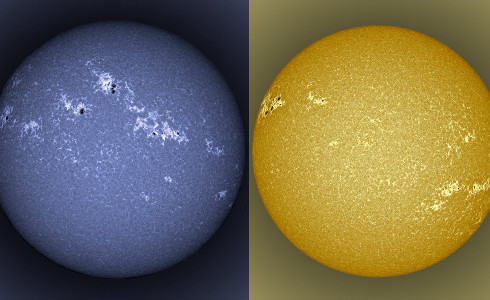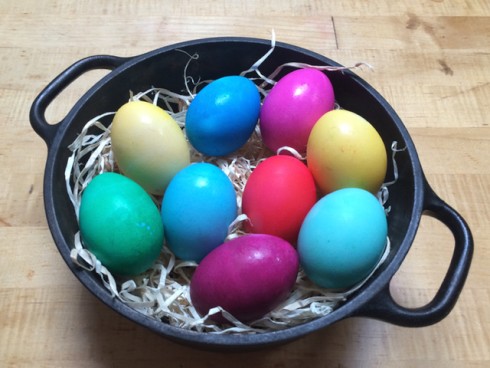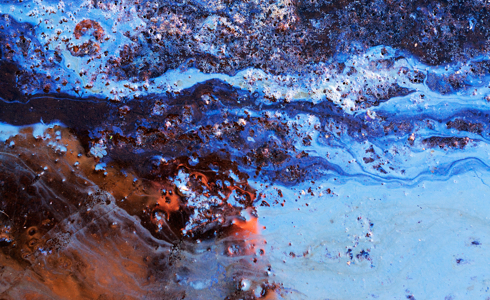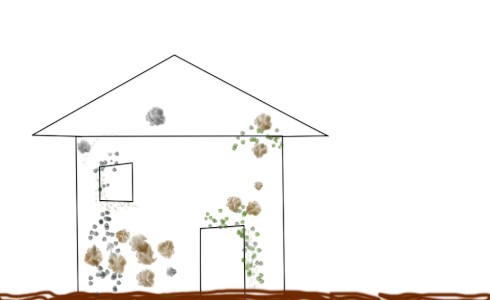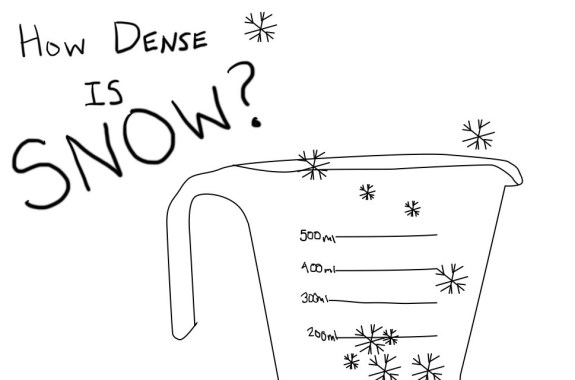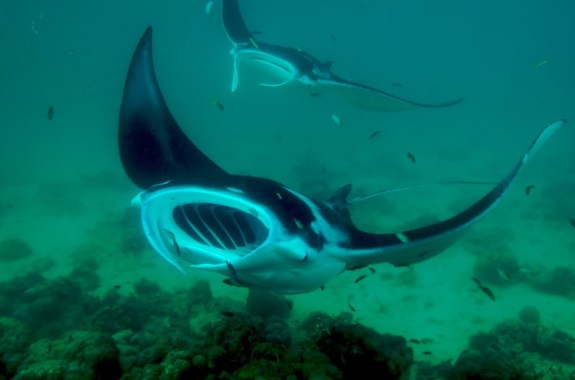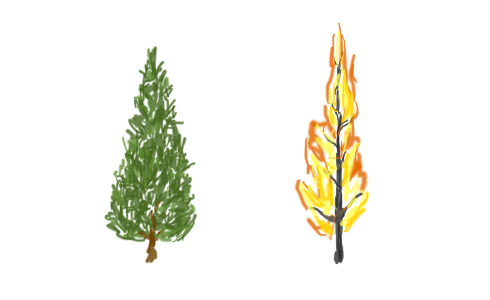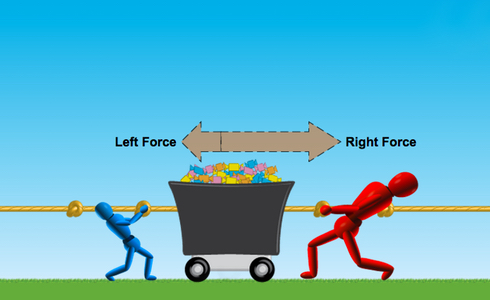What Does The Sun Do? Solar Experts Respond
Experts with a vested solar interest weigh in on the sun’s various starring roles.
#ExplainTheSun
What does the Sun do? Tell us, using the hashtag
#ExplainTheSun
Eggs To Dye For
Why do eggs turn out brighter with a little vinegar? Investigate how different acids affect egg dyes in this kitchen chemistry experiment.
How Can We Clean Up an Oil Spill?
In this activity from the American Association of Chemistry Teachers, students simulate an oil spill and test different materials’ abilities to “clean” the oil spill.
How Can We Build Homes That Are Resistant to Mold?
Test which building materials will be resistant to mold after a flood or hurricane.
How Dense Is Snow?
Use a measuring cup to figure out the density of snow.
Engineer A ‘Filter Feeder’
Build and test a water filter inspired by marine filter feeding organisms.
Christmas Tree Combustion
A home holiday experiment that explores combustion using festive fuels such as fir, pine, spruce, and cedar.
Simulate Net Forces to Predict an Object’s Motion
Use a simulation from PhET Interactive Simulations to model force in a tugging competition and a pushed skateboard.
What Exactly IS a Comet?
Gather evidence from interviews with scientists about comets, then create a wordy illustration of comet characteristics.
